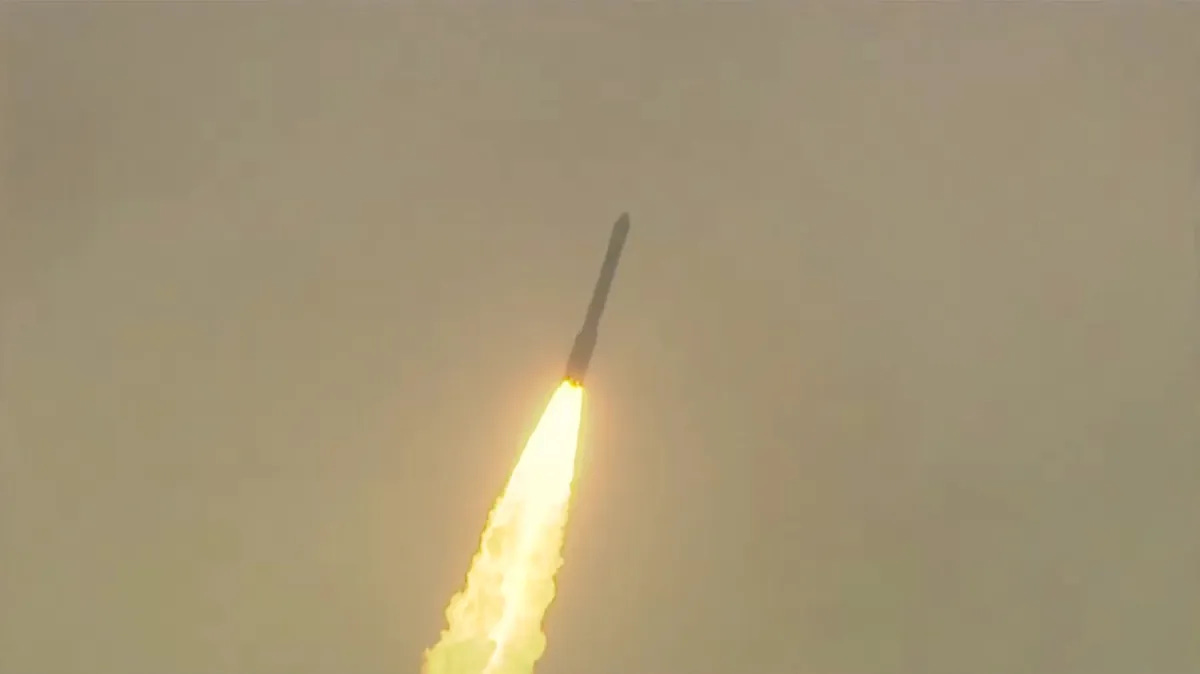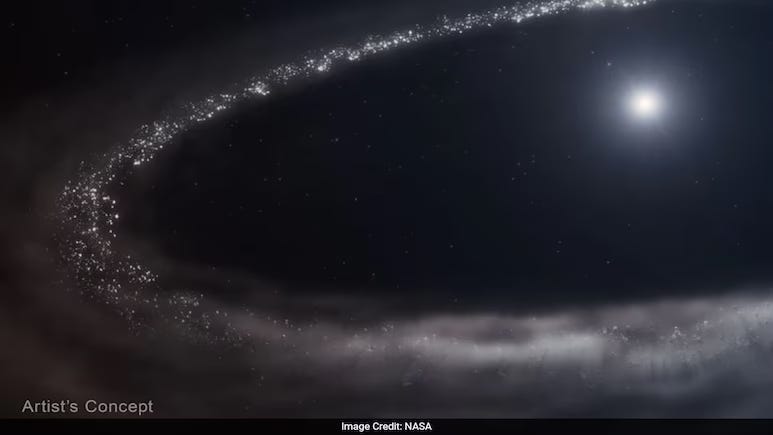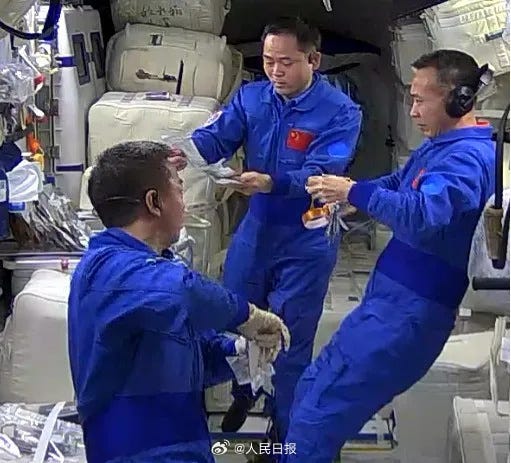Weekly - ISRO’s 101st satellite launch fails and more
🟢 Weekly Space News - Quick and Easy.
Our Engagement Palette!
Check out our colour-coded system for our weekly space news:
🟤 Brown: For weeks that are mundane and bland.
🟡 Yellow: For fairly interesting weeks.
🟢 Green: For the most exciting weeks.
This Palette will help you decide if this week’s news is worth your time!
This week ranks green 🟢 on the Engagement Palette.
ISRO’s 101st satellite launch fails
Last week, ISRO’s 101st mission attempted to put an Earth observation satellite into a polar orbit around the Earth. The mission, however, failed due to an issue with the 3rd stage of the PSLV-C61 rocket. The 3rd stage is responsible for giving the final thrust to put the satellite in the needed orbit.
NASA revives Voyager-1 thrusters after 20 years
Last week, NASA successfully revived the Voyager-1 spacecraft’s backup thrusters after they had been believed to be dead for almost 20 years. This was done because Voyager’s main thrusters had been degrading over time, threatening the spacecraft’s ability to keep its antenna pointed at the Earth. Launched 48 years ago, Voyager-1, the farthest spacecraft from Earth, has been facing equipment failures and power shortages for quite some time.
Webb finds frozen water in distant star system for the first time
NASA’s James Webb telescope discovered water ice in a young star system 155 light-years away for the first time. While frozen water has been found in our solar system before, this is the first time it has been discovered in an external star system. The ice was found in a disk of dust and debris orbiting a young star only 23 million years old (our sun’s age is 4.6 billion years).
China claims to have discovered new bacterial species on board space station
China recently claimed to have discovered a ‘previously unknown’ strain of bacteria onboard its space station Tiangong. Chinese media outlets mention that the bacteria named ‘Niallia Tiangongensis’ were discovered from the surface swabs on the space station in 2023.





